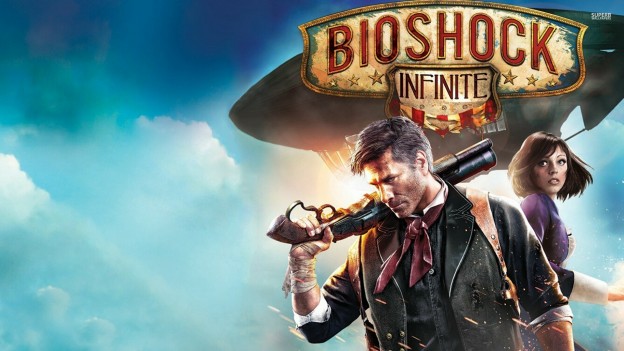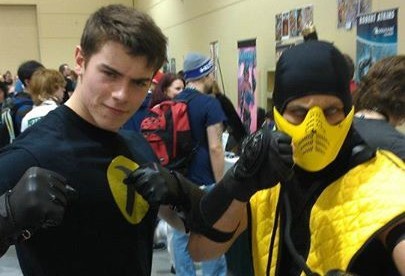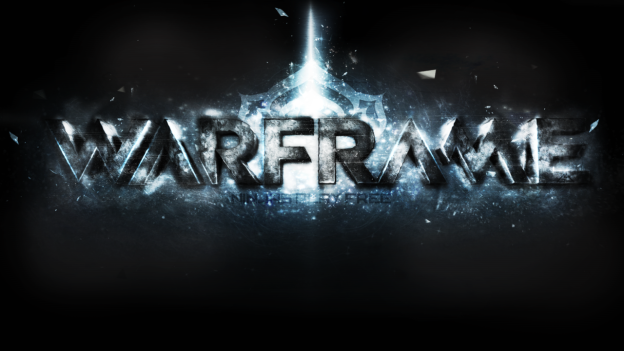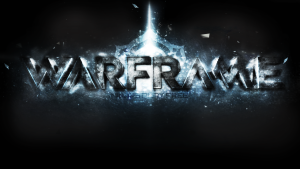Warning: You are entering a zone of extreme nerdiness and fan boy passion
In 1992, ninja assassin disguised as a game developer, Ed Boon, delivered unto us a game so violent that the ESRB rating system was invented to keep the video game world from being the wild west of pop culture. That game was Mortal Kombat. In 1995 we got a film adaptation of the same name that could quite possibly be the first and only successful video game movie, just to have it ruined by the diarrhea hurricane that was it’s 1997 sequel Mortal Kombat: Annihilation. What made the first film so enjoyable for fans was its embrace of the wacky lore of multiple realms, vengeful ninja story lines, and mystical powers that contain no logical sense what so ever. In 2010, Kevin Tancharoen released an 8-minute short film as a pitch for a more realistic depiction of the Mortal Kombat universe. This brilliant reimagining of the franchise would allow Tancharoen to do to Mortal Kombat, what Christopher Nolan did to Batman. This caused me to suffer from a disease only know as Fan-Boner Extremis. Unfortunately for me, when the Kevin Tancharoen was given a YouTube series instead of a feature length film, the original lore was included which caused its logic to spin out of control once again, but now with a strange serious tone that absent of any fun. This wasn’t a terrible depiction of the MK universe but it could be described a less fun retelling of the video game series. The point of movie or series adaptations is to have the source material “adapted” to the new media form which provides the fresh spin people like myself enjoy seeing. If I wanted a whacky Mortal Kombat, I would have played the video games. Right now, I know what you’re thinking, “Doc. How do we fix it? How do we make a Mortal Kombat movie ground and set in the real world?” Here’s how:
The Tournament is an Underground Street Fight (not the game street fighter):
The key to the success of its game series was its unique characters. Each character had incredible powers but was usually an over-the-top example of extremely good or extremely evil. For the game, that’s all we need when we can distract ourselves by upper cutting people through the ceiling. A modern movie adaptation can’t use these pieces without feeling ridiculously campy, and we really need to see the moral ambiguity and emotional conflict of when Jax rips the arms off of Reptile.
The tournament, as depicted in the game series, is a fight to see who controls Earth realm. Participants from Nether Realm, Outworld, and other metal band names all want it to expand their control. While if any of Earth’s warriors win, Earth Realm stays safe till the next tournament. What kind of messed up reward structure is that? Now let’s scale it down and add a bit of logic.
The Deacon City is rotting from the inside out with gang violence and criminal activity. The criminal syndicates with in the city are growing strong and taking more control of the city each day. When a rival gang is wiped out their territory becomes open, and rather than having a war across 4 different syndicates, all gangs agree to have a tournament financed and organized by the leader of the Brotherhood of Shadows, Shang Sung. Each gang provides 4 fighters, and the last team standing wins.
Who is participating in this tournament:
Little is known about the Brotherhood of Shadows. All we know is that they have nearly limitless funding. Informants have revealed that they are buying up tons of weaponry from the Black Dragon clan, and that there is someone above Shang Sung who is the really mastermind with an unknown motivation. Their known accomplices are the unlikeliest group of criminals that would be expected. First is a cannibal who was born with his skin inside out. His scaly completion led him to adopt the name Reptile. Next is a plastic surgeon who went insane and turned the knife on himself. He sharpened his teeth to fangs and inserted sharp pieces of steal into his forearms. He now goes by the name Baraka, an ancient African word that means “The Devil’s Servant”. Then there is Devin Ermac, who is a recent escapee from Deacon City Insane Asylum. A master of 7 different martial arts styles, who was locked up for multiple personality disorder. Each personality clamed ownership to a different style of combat. Lastly is Quan Chi. The newest player in this gang of misfits but the most dangerous. He was specifically chosen to work alongside Shang Sung to assist in fulfilling the will of the Brother Hood of Shadows.
The Black Dragon clan has been plaguing Deacon City for years. Their leader, Kano, has been moving weapons in and out of the city. The Black Dragon has been arming two warring factions, the Lin Kuei and Shirai Ryu, and is single handedly to blame for the increase of gun violence within the city. What makes them an even bigger threat is Kano’s right hand man, Kabal; Kano’s childhood friend and personal assassin. After barely surviving a car bomb, Kabal wears a specially designed life support that was personally developed by Kano. He is loyal, lethal, and hard as hell to kill.
The Lin Kuei is a Japanese gang similar to the Yakuza, and Deacon City is their most prevalent location for criminal activity. They have had their hand in everything; racketeering, drug trafficking, etc. They are rivals to the Chinese crime syndicate, the Shirai Ryu. In response to the deadly war between the 2 factions, the Lin Kuei formed an elite team of assassin’s, all with codenames to conceal their identity. There is Sektor, a demolition specialist and an expert with explosives; Cyrax, an interrogation specialist known for capturing enemies and sawing off limbs for information; Smoke, a master of stealth and camouflage; and their leader Sub-Zero, an assassin who utilizes a liquid nitrogen system that runs through the sleeves of his jacket and releases the gas from his palms. He is known for freezing an enemies arm or leg and ripping it off in one motion.
The Shirai Ryu is a recently destroyed Chinese syndicate. Only one man was left alive, Hanzo Hasashi. After barely escaping death from the attack on his clan, Hanzo finds out that not even his wife and child were spared from this deadly attack. After time recovering and healing his wounds, he seeks the man responsible. All he knows about the man in charge of the attack was that he was able freeze people and objects with his hands. With his family and clan dead, his territory becomes the location up for grabs in the next Mortal Kombat tournament. He decides to adopt the mantle of “Scorpion”, the name of an ancient warrior from his home village.
Who are our Heroes:
The main story will focus on Sonya Blade, a rookie recently added to the Deacon City Criminal Task Force lead by Jax Briggs. She is the third member with the other being Kurtis Stryker, the best shooter on the force.
Intel has revealed that the tournament will be happening within the city. Their mission is infiltrate the tournament, and confirm its destination so a SWAT team can breach the location and arrest all the killers in one fell swoop. More intel has revealed that Hanzo Hasashi has been sent an invitation to compete in the tournament. Hanzo is recruited by the Deacon City Task Force to enter the tournament after being given evidence that Sub-Zero will be there. Together, they enter the tournament as the new Shirai Ryu.
The following events focuses on what happens to Sonya as she has to mentally cope with brutally killing people in one-on-one fist fights and staring down death at every turn. The city is being held ransom by Shang Sung leaving her no choice but to push aside her faith in traditional justice by commit violent acts in the name of protecting the city. Not to mention Sony has the added pressure of seeing her superiors Jax and Kurtis fall in the line of duty and leaving her to be the last bastion of a better future for the city.
This Scorpion/Sub-Zero side story is actually best kept to its video games routes. Sub-Zero has actually been framed for the death of Scorpions family as part of a much more elaborate and sinister plan. Our movie demonstrates the hubris that falls upon Scorpion for fighting only for revenge. Scorpion’s pursuit of Sub-Zero only leads to his self-loathing and dishonor as he finds he has been so easily manipulated the man who really killed his family. After an epic fight between the world best assassin’s Sub-Zero exposes proof that he wasn’t responsible for the killings and that Scorpion’s only reason for living is a lie. Scorpion finds no justice and only has himself to blame.
This is the movie we could have got 5 years ago, which is a movie I would spend money on time-and-time again. Of course, movie executives would not run the risk of making a film that places a realistic spin on a violent game franchise, which robs us of ever seeing Jason Statham as Kano, the robotic-eyed gun runner, or Lateef Crowder as the murderous fang-toothed plastic surgeon who has amazing martial arts skills for no explainable reason, or even a sequel movie that has Chris Pratt as Johnny Cage, the cocky actor who was in the wrong place at the wrong time. Unfortunately for me, this is a movie that can only exist in my own head, making me the biggest fan of my own fan fiction.






